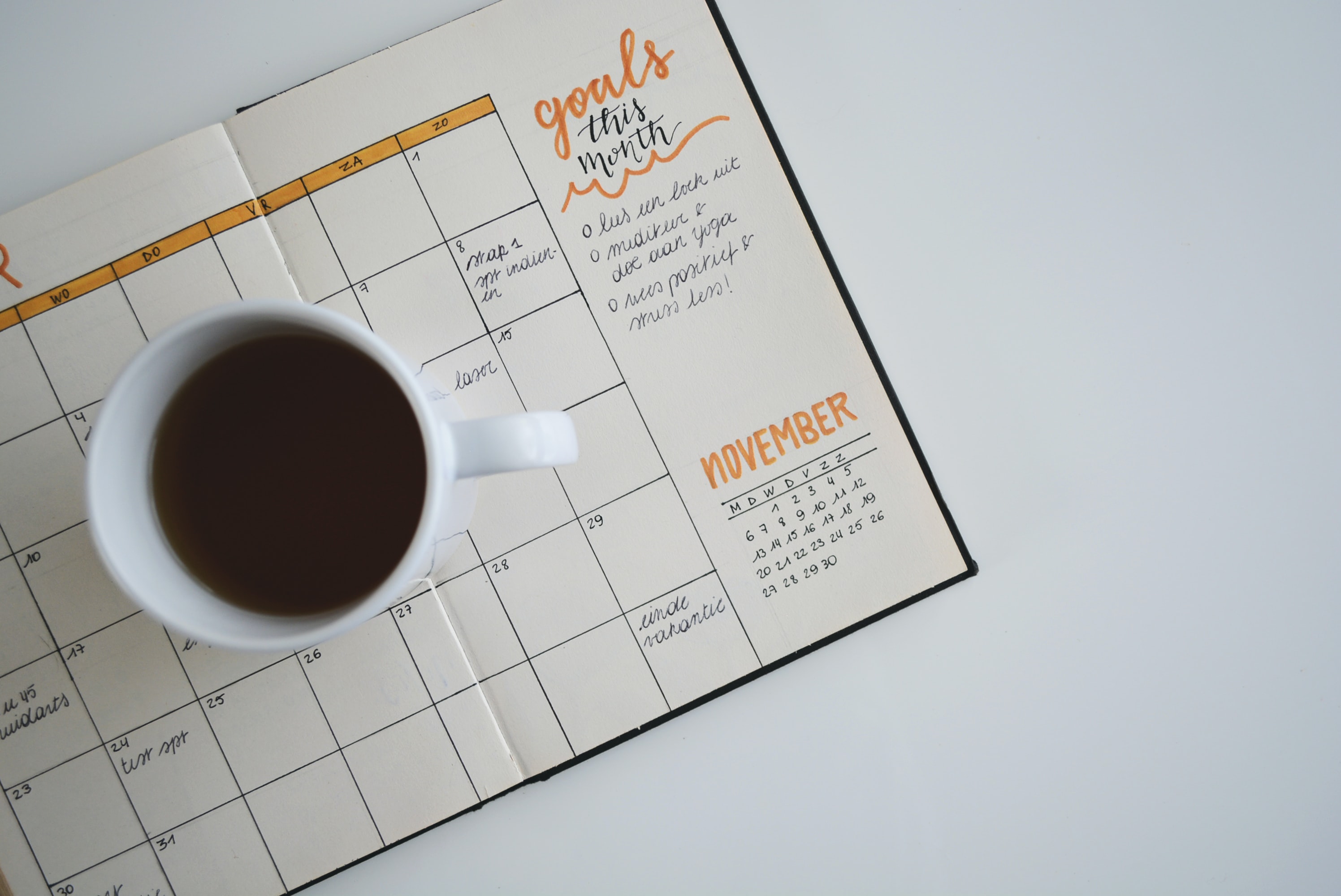Do you believe that self-confidence is the key to success?
But what, exactly, makes up a confident personality? And more importantly, how can you adopt these behaviors and traits into your own life?
In this article, we will explore the habits of highly confident people and give you tips on how you can incorporate them. We will also show you that it’s something that can be learned and developed over time.
Resilience: taking risks and focusing on solutions
Confident people know that risk-taking is essential to growth.
They’re not afraid to make mistakes, because they know that mistakes are how humans learn.
And they focus on solutions, not on problems. This problem-solution mindset allows them to see opportunities where others see obstacles.
You can develop this same mindset by taking action and learning from your mistakes. Be resilient in the face of stress and adversity, and focus on finding solutions instead of dwelling on problems.
Reflection: mindfulness and meditation
There are a few ways that you can start to change your habits.
One way is through reflection. This means being mindful of your thoughts, feelings, and behaviors.
When you’re mindful, you’re more likely to be in the present moment rather than dwelling on the past or worrying about the future.
Mindfulness can be practiced in different ways. You can meditate, journal or simply pay attention to your surroundings. When you’re mindful, you’re more aware of your thoughts and feelings. This can help you make better decisions and stay calm in difficult situations.
Another way is through self-care. Self-care is anything that makes you feel good and helps you recharge. It’s good to take time for yourself, especially if you’re always putting others first. There are many ways to practice self-care, such as yoga, meditation, reading, and spending time outdoors.
Visualization: setting and achieving goals

Image Credits: unsplash.com
When it comes to goal setting, there’s a lot of research to suggest that writing them down is key to achieving them.
But what about visualization? This is the practice of seeing yourself achieve your goals in your mind’s eye. When you visualize yourself succeeding, you’re sending a powerful message to your subconscious mind that says, “I can do this.”
And according to researchers, visualization can increase your chances of success. That’s because it helps you tap into the power of your subconscious mind, which is where all your big goals and dreams live.
Body language: owning your presence
The way you carry yourself speaks volumes about your confidence level.
Making eye contact, standing up straight, and keeping your chin up are all key body language habits of confident people. Avoiding fidgeting and putting your hands in your pockets can also show confidence.
Having minimal body movements, firm handshakes, and nonverbal cues that show you’re engaged in the conversation are all nonverbal ways to showcase confidence. So the next time you’re in a meeting or social situation, make sure you’re aware of your body language.
Positivity: positive thinking, positive speaking
Catching negative thoughts to reduce stress is something confident people do naturally.
They can find the positive in any situation and build on it. This positive attitude exudes confidence and grabs the attention of others who want to be around them.
Harnessing the power of optimism to manage stress is also a habit of confident people. They believe in their ability to overcome challenges and use this positive outlook to manage tension in their lives. This optimistic attitude allows them to take risks and confidently pursue their goals.
When it comes down to it, being confident is all about feeling good in your skin and having an optimistic outlook on life. If you can develop some of the habits of highly confident people and make them a part of your daily routine, you will be well on your way to feeling more self-assured and in control.

